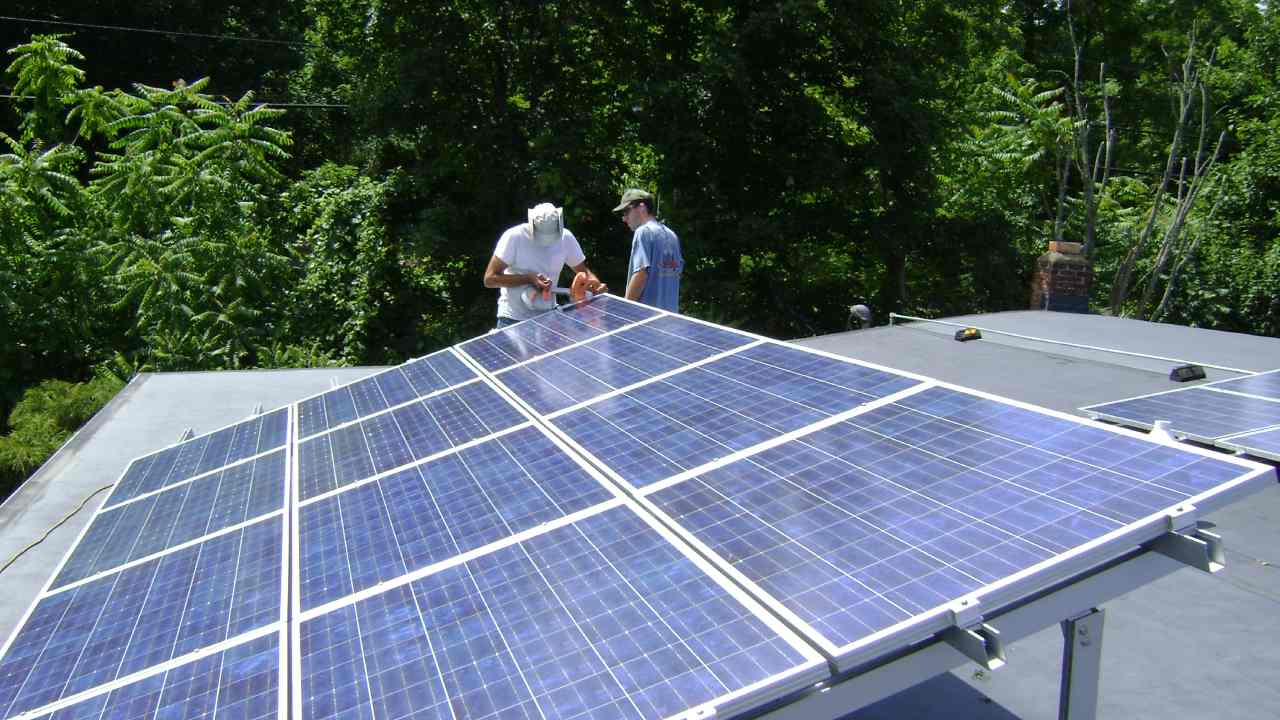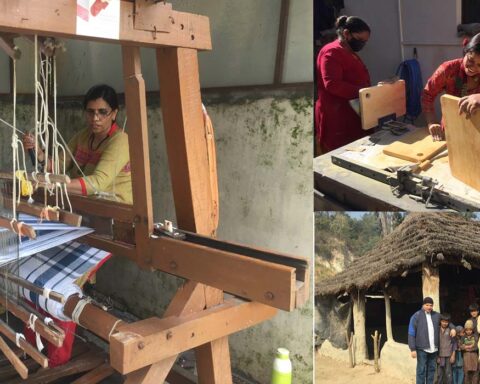India added 1.7 GW of rooftop solar in 2021 with installations up 138 per cent compared to 2020, the highest-ever recorded increase in a calendar year, says the Mercom India Rooftop Solar Market Report Q4 and Annual 2021.
The maximum increase was in the residential segment, followed by the commercial segment, with 35 percent and 33 percent of installed rooftop solar (RTS) capacity, respectively. The industrial segment accounted for 26 percent of the total installations, while the government segment accounted for 6 percent.
In the fourth quarter of 2021, RTS installations accounted for 15 percent of the total solar installations in the country, says the report. Out of the total installed capacity in this period, the commercial segment accounted for 44 percent, followed by the industrial, residential and government sectors, with 41 percent, 10 percent and 5 percent capacities, respectively.
Raj Prabhu, CEO, Mercom Capital Group, says, the increase had to come in 2020 but was delayed due to the pandemic.
“The rooftop market had its best year, largely due to the pent-up demand from 2020, which experienced a severe decline due to the Covid-19 pandemic. Certainty around the net metering policy helped with consumers’ demand across all segments – residential, industrial, and commercial – were responsible for the growth in installations. An increase in component costs will dent demand in 2022, but we still expect growth this year,” he adds.
The price of panel systems fell every year between 2013 and 2020, but COVID-19-led supply chain disruption stopped this trend, says GlobalData. This year, the cost is expected to moderately increase, before declining gradually from 2023 to 2030 due to technology upgrades, reduced component posts and the rising scale of production, it adds.
Rooftop Solar Is Cost-Effective
By going solar, one can help fight climate change in one’s own individual way. The energy choice we make has a significant role in the impact of climate change. Researchers suggest that, compared to solar farms, individual rooftop solar panels are a cost-effective means of increasing renewable energy generation and decreasing greenhouse gas emissions.
In India, the increase of 1.7 GW of rooftop solar is good news, as the rooftop solar sector was not accepted with enthusiasm initially. During the first phase of government’s RTS programme, in 2015-2020, 2,071 MW was installed against a target of 4,200 MW set for January 31, 2021, the Ministry of New and Renewable Energy (MNRE) told the Lok Sabha in February 2021.
RK Singh, Minister of State (I/C), New and Renewable Energy and Power, suggested a lack of uniform regulations, involvement of multiple agencies, lack of awareness among the prospective beneficiaries, apprehension of possible revenue loss by distribution companies (DISCOMs), and other reasons responsible for this unacceptance.
These problems were corrected in Phase II of the RTS programme, which included making DISCOMs nodal agencies for implementation, separate funding for awareness and capacity building, incentivising DISCOMs for the addition of RTS capacity above a certain percentage of base capacity, etc.
With the Ministry of Power capping net metering at 500 kW in December 2021, many states such as Chhattisgarh, Karnataka, Punjab, Gujarat, Rajasthan, Kerala, Haryana, Tamil Nadu and West Bengal came up with respective state policies to strengthen the rooftop segment.
On 2 February, the MNRE issued an easy procedure to install rooftop solar plants for residential consumers. Under the new notification, it is not necessary for a household to get the rooftop solar plant installed only by one of the listed vendors. The households can now get these installed by themselves or through any vendor of their choice.
The MNRE also announced to develop of a national portal for consumers to avail subsidy on rooftop solar installations and apply for net metering. The whole process will be monitored and a grievance redressal mechanism will be put in place, said the ministry statement.
Increase in Solar Tenders Across States
At the end of December 2021, rooftop installations in India reached 7 GW, says the Mercom India Rooftop Solar Market report. It could have been better if the price rise in components, commodities and raw materials would not have come in the way of demand. The increase in goods and services (GST) tax was another blow to installers. “If not for the policy uncertainties and market volatility, the installations could have been higher,” adds the report.
In 2021, over 1 GW of solar tenders were issued, marking an increase of 56 percent from 2020, according to the report. Of the announced tenders, Kerala State Electricity Board alone accounted for 27 percent of the tenders. The distribution companies in states like Maharashtra, Jharkhand, West Bengal and Karnataka made 29 percent of the share.
In terms of cumulative installations, Gujarat led the way with 27 percent of the total installations, followed by Maharashtra and Rajasthan with 14 percent and 10 percent, respectively. At the end of Q4 2021, the top ten states accounted for 83 percent of the total cumulative installations.
The Quarter of Difference
The tenders for rooftop solar projects also increased quarter wise, with the fourth quarter of 2021 registering a 70 percent increase from the third quarter.
Compared to the same period in 2020, there was a jump of 48 percent in the tendering activity. With most participation seen from Maharashtra State Electricity Distribution Company Limited (56 percent) and Uttar Pradesh New and Renewable Energy Development Agency (11 percent), other agencies together floated about 24 per cent of the tenders.
DISCOMs across the country, from Kerala, Punjab, Gujarat, Uttar Pradesh, Jharkhand to Haryana, West Bengal, Tripura and Karnataka issued tenders under the Phase-II of the RTS programme of the MNRE last year.
The last quarter of 2021 drew an investment of ₹232.19 billion (approximately $3.1 billion) in the solar sector, of which about ₹16.88 billion (approximately $225 million) went into the rooftop solar segment; there was a 7 percent decline from the ₹18.07 billion (approximately $240 million) invested in July-September.


























